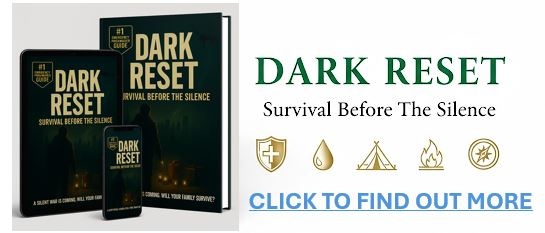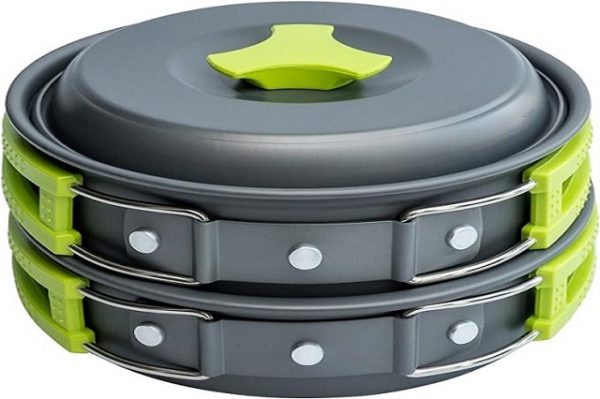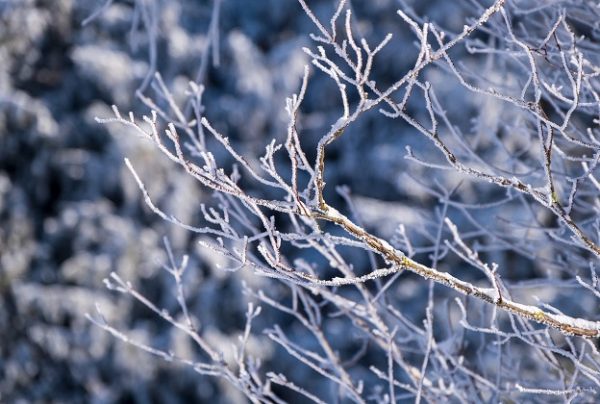Why does water need to be purified?
We take our clean drinking water for granted. We are used to being able to turn on the sink and having clean water flowing fresh from the tap, but when outdoors, water is not generally safe for drinking. Because water is rarely pure and uncontaminated, knowing how to purify water for outdoor survival in an emergency is essential.
Clean water is crucial to survival. Polluted water can contain microorganisms such as viruses and bacteria that can cause serious illnesses. These illnesses include stomach issues which is not pleasant at the best of times, let alone out in the wild where it can really take its toll. If you are not certain that the water is safe, you must purify it or you risk becoming extremely unwell which can be fatal in survival situations.
Chemical pollutants can also a concern in some locations. Such chemicals are often fertilizers, herbicides or pesticides from farms. This pollution is another contaminant we cannot generally see in water.
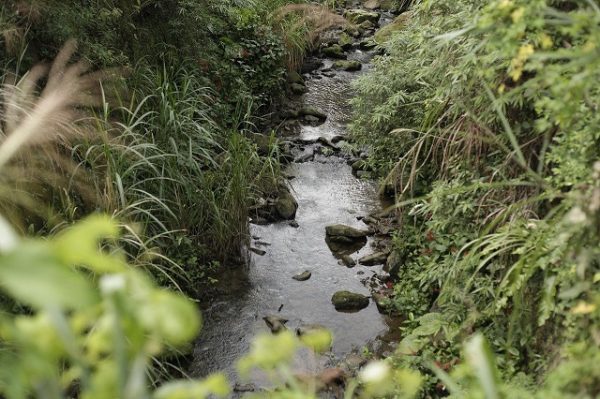
How to Purify Water
There are three main methods for purifying water:
- Filtration
Filtration is one method for straining water to remove visible pollutants. Your T-shirt (or sock if you’re desperate) can become a filter or strainer by allowing water to pass through the material whilst collecting the dirt and debris. A filtering water straw or bottle can come in handy so you can keep your clothes dry. However, remember whilst filtering water may remove dirt and debris, is not the same as purifying water as bacteria, viruses and chemicals may still be present.
- Boiling
Boiling is a great method for removing harmful microorganisms like viruses and bacteria however, it does not remove chemical pollutants from the water. You need to rapidly boil the water for a few minutes to be safe, but this is not easy in all cases depending on your environment. If you can create a fire, you may be able to boil the water sufficiently for safety.
- Purification Tablets
Many survival kits include purification tablets like iodine to cleanse the water and make it safe for drinking. Check your outdoor survival kit to see if you have any included, ff not they can be purchased separately. It is important to follow the directions as for any chemicals used to purify your water. The water is safe to drink once the tablet has taken effect however it may not taste the best.
To get the best results it is a good idea to combine filtering and purification methods to ensure you remove both the visible particles and the microorganisms.
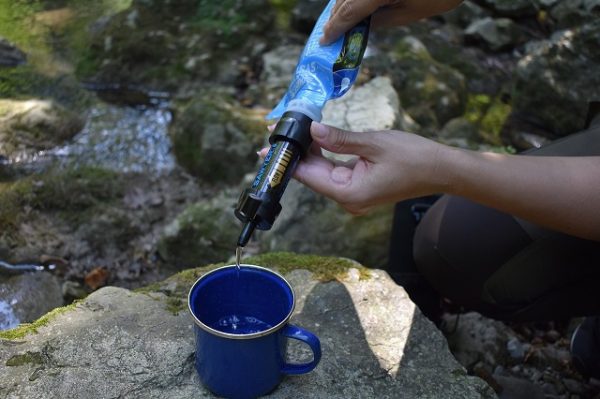
Signs to Look for When Sourcing Water
Begin with the water that looks the clearest to the naked eye. If the water appears particularly dirty or there is evidence of oil slick on the water surface, it is best to avoid it and source water elsewhere. Moving water is always the best whenever available as it is less likely to contain harmful bugs and bacteria compared to stagnant water. Water that is not moving and shows no sign of life is a warning to you. You should also scout around the area to make sure there are no obvious signs of chemical pollutants that may be entering the waterway (e.g. farmland, dead plants/animals, or general waste).
Conclusion
Clean drinking water is key to survival. Dehydration can be of real concern in a survival situation however poor-quality drinking water could be an even bigger threat. Use purification and basic scouting methods to ensure your water is as safe to drink as possible so you can stay hydrated.

